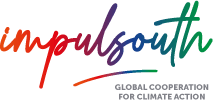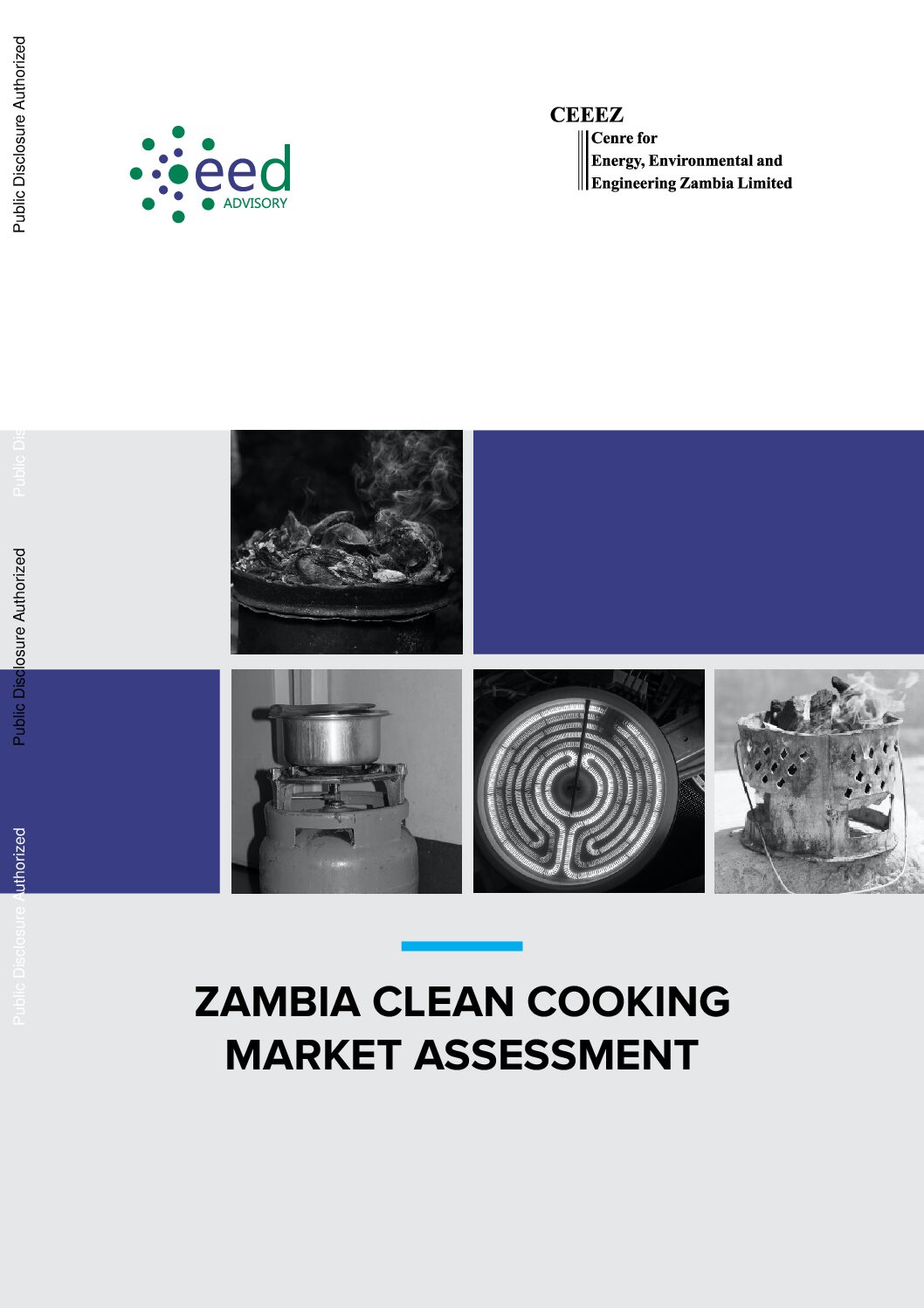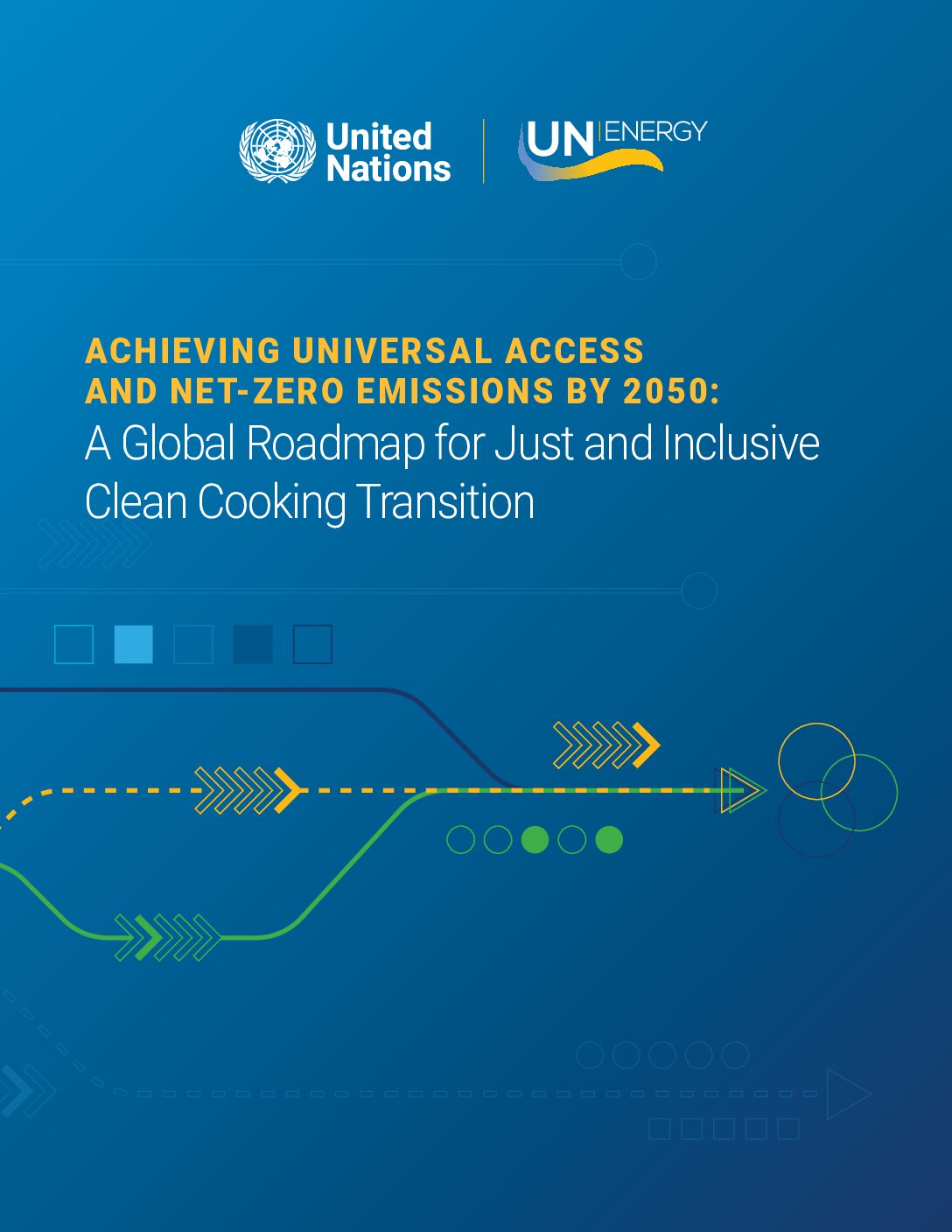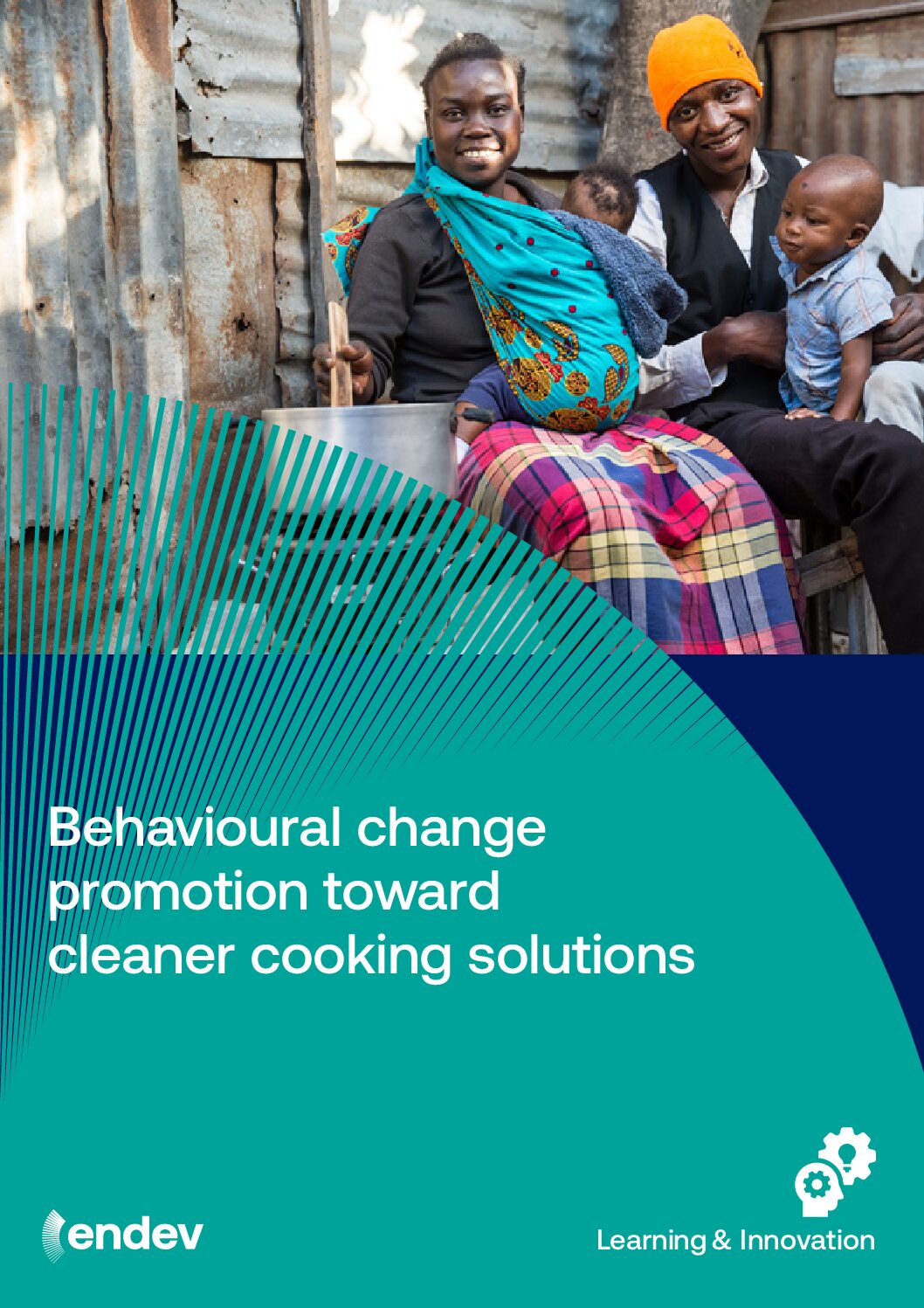This assessment provides a detailed overview of the Zambian market for clean cooking solutions.
This page presents the results of a project to develop quality standards for clean cooking solutions in Guatemala
This chapter of the SDG 7 progress report describes progress made towards the goal of access to clean cooking for all.
This database provides different dashboards presenting data on the latest investment and operational trends in clean cooking, including carbon market data and customer perceptions of clean cooking companies’ products and services.
This page presents the Principles for Responsible Carbon Finance in Clean Cooking, developed by the CCA.
This is a UN roadmap presenting different scenarios and pathways towards clean and net-zero cooking by 2050.
This World Energy Outlook Special Report sheds light on the current state of clean cooking, the costs of inaction, and the benefits of boosting access in line with SDG 7.
This paper models the impact on climate and emissions of Tanzania’s clean cooking targets.
This chapter of the 2024 Tracking SDG 7 report provides an update on progress towards univeral access to clean cooking worldwide.
This report provides background information and guidance on the types of behavioural changes needed to advance access to clean cooking, and ways to promote these changes.




